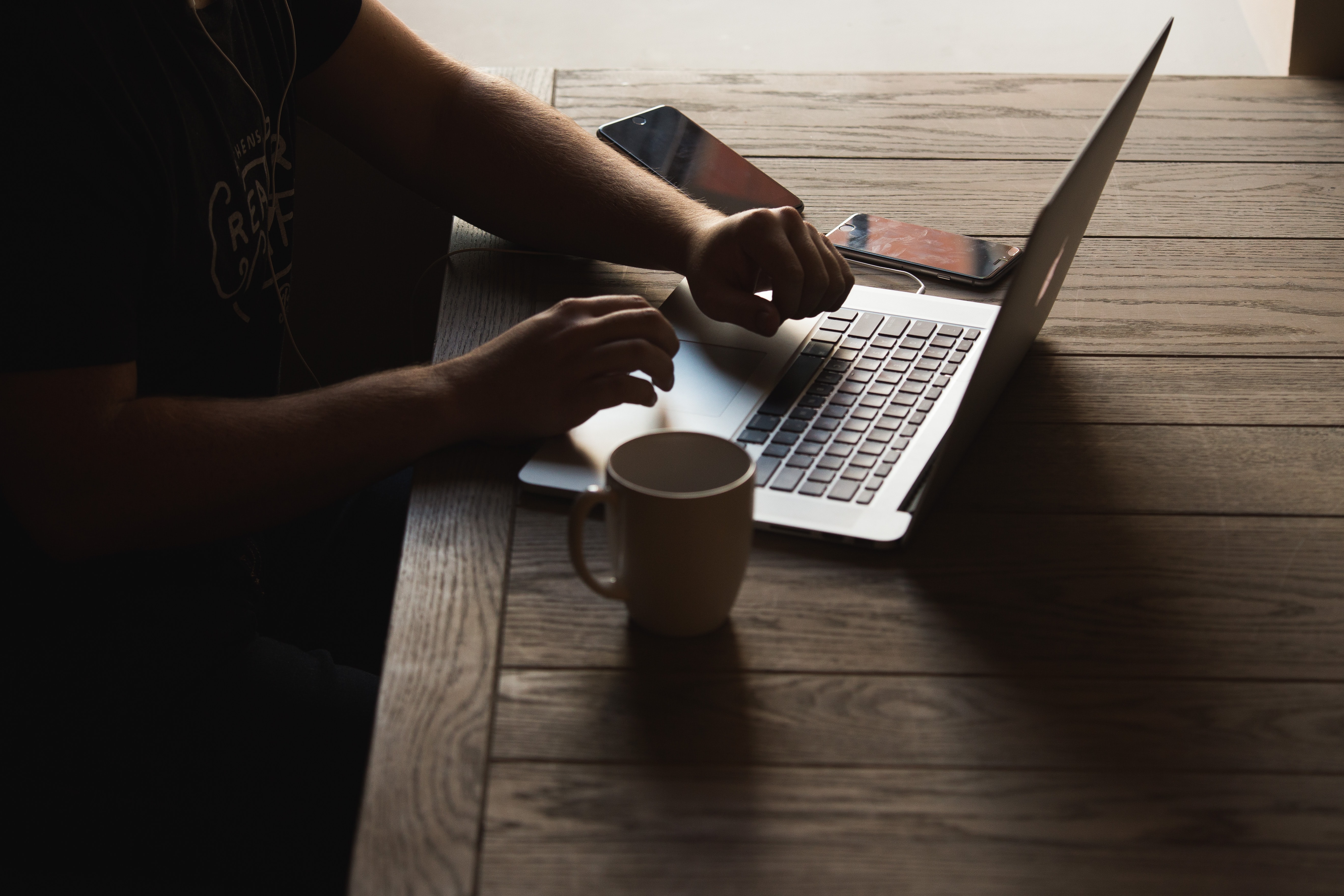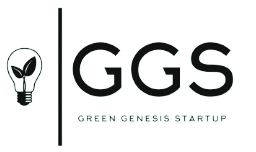
Workshop scenario 1
LIFE CYCLE MAPPING AN EVERYDAY PRODUCT
Objective:
The goal of this activity: Develop the ability to think about the full life of the things that we use in our daily lives and set the groundwork for being able to redesign systems. Everyday objects are fascinating in their complexity and this helps us conceptualize the way the linear system works and how to start making the products we use more circular.
Everyday products such as:
Denim jeans, cups (paper, plastic, ceramic), pens, cell phones
Pens or markers with which to write Large pieces of scrap paper to draw on
STEP 1
Choose an everyday object that is available in the room.
Ideally you should choose an object of which you have more than one in the classroom,
in different variations.
STEP 2
Divide yourselves into small groups of 3–6 people.
Make sure each group has a large piece of paper, as well as one example of the everyday product that has been chosen.
STEP 3
Review the five life cycle stages:
STEP 4
Each group will document (some will draw pictures, others write lists) the entire life cycle of the product, from start to finish.
Groups can use the template on the next page, and the Internet to research how things are made. There should be a time limit of 15–20 minutes.
STEP 5
Start your life cycle map with the list of materials you made, and find out how they are extracted, and processed. Use the Internet to research this, or make some good guesses! When you get to the end of life, think through all the possibilities such as landfill, littering, and recycling. How likely are they?
STEP 6
When the groups complete their maps (in whatever way they end up), everyone will share what was discovered about their product’s life cycle.
Discuss which end of life option is the best, and why – it may be more complicated than everyone expects!
Methods:
QUESTIONS TO ASK AFTER THE ACTIVITY
How many different materials go into making up each individual product?
How does this change the way you think about this everyday object?
How many different people, and jobs go into making up each individual product?
What is the likelihood of it being recycled now that you understand how it was made?
As a customer of these goods, what could you do to make better choices?
How could it be redesigned and/or created differently to reduce its negative impact?
After the class discussion, you, and your group will have collectively discovered many new things about these everyday objects.
1. Click on the following link to find out more about the circular economy.
https://economiacircular.org/wp/?page_id=62
2. Summarise how the circular economy works.
3. Search the internet for companies that are starting to implement the circular economy.
Answer the next questions:
Do you think these initiatives are good for society?
why?
Do you know some companies in your local area?
COMPETENCIES
Learning to learn competence. The student is presented with completely new content on which he/she will have to research and process a large amount of information.
Digital competence: The necessary search on the Internet to expand the contents will allow a great digital development.
Linguistic skills. Since it will not only be necessary to be able to summarise when summarising, but also to present arguments.
Evaluation: Assessment criterion: 1. Explain the problem of scarce resources and unlimited needs.
Assessable learning standard. 1.1. Recognises scarcity, the need to choose and to make decisions, as the most determining elements to be faced within an economic system.
References:
http://www.econosublime.com/2017/09/actividad-economia-bachillerato-eso-que-es-economia-circular.html
